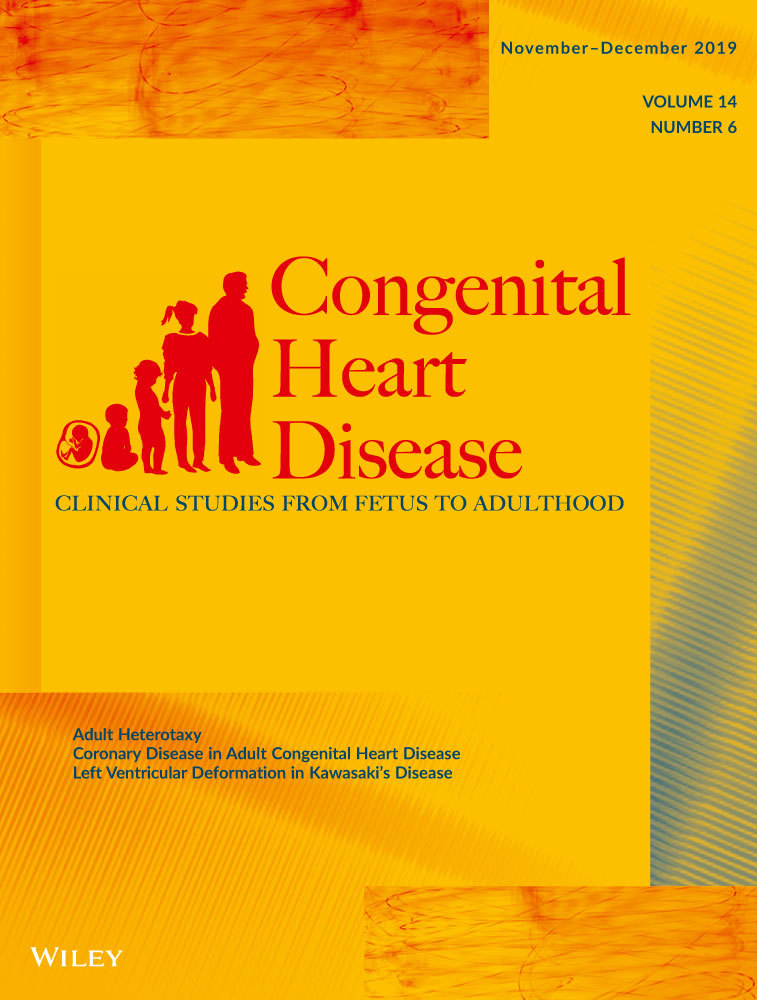Kidney injury biomarkers after cardiac angiography in children with congenital heart disease
Abstract
Objective
This study aims to investigate the changes in renal function and levels of urinary biomarkers before and after cardiac angiography in children with congenital heart disease (CHD).
Setting
Children with CHD are at a risk for kidney injury during contrast exposure in cardiac angiography.
Outcome Measures
We measured urinary protein, albumin, N-acetyl-β-D-glucosaminidase (NAG), β2-microglobulin (BMG), and liver-type fatty acid-binding protein (L-FABP) levels, as well as serum creatinine and cystatin C levels, before and after cardiac angiography in 33 children with CHD.
Results
No significant decrease was noted in either the creatinine-based or cystatin C-based estimated glomerular filtration rate at 24 hours after angiography compared with that before angiography. Urinary protein, NAG, BMG, and L-FABP levels were significantly increased at 24 hours after angiography, all of which returned to baseline levels at more than 7 days after angiography. An increase in urinary level of protein, albumin, NAG, or BMG was mostly associated with increased urinary L-FABP level. An increase in both urinary BMG and L-FABP, but not that in urinary L-FABP alone, was associated with increased levels of urinary protein and NAG, as well as the greater dose of contrast media.
Conclusions
Transient increases of kidney injury biomarkers following cardiac angiography are not necessarily associated with the impairment of renal function in a short time period; however, the increase in urinary protein, albumin, NAG, or BMG level may indicate greater stresses to the kidneys than the increase in urinary L-FABP alone in children with CHD.




